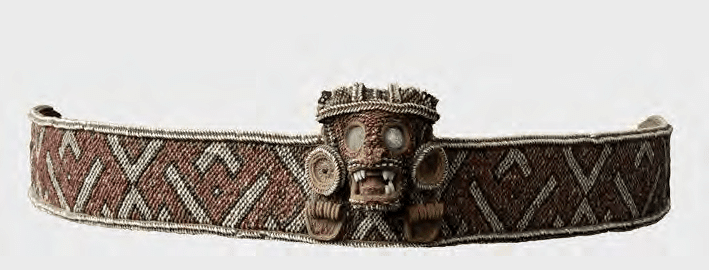Although Ricardo Alegría's Ball Courts and Ceremonial Plazas in the West Indies can be rather tedious and is probably somewhat outdated by 2023, it contains a useful breakdown of the known courts and plazas in the Caribbean. Based on his earlier research, Alegría outlines the various types of plazas, their known measurements and features, and some of the distinguishing features and chronologies of their construction in the Greater Antilles. The Bahamas, Virgin Islands, and Lesser Antilles are also included, but the author did not find any convincing evidence of elaborate plazas or ball courts in the Lesser Antilles. Saint Croix's bateyes, perhaps unsurprisingly, indicate Puerto Rican influences. Cuba, on the other hand, only had evidence of ball courts in the eastern portion of the island, while Jamaica had none. Undoubtedly, Puerto Rico and Hispaniola (mainly today's Dominican Republic) loom large in the analysis. Puerto Rico contains a plethora of plazas and ball courts. The Dominican Republic likewise featured a number of well-known corrales de indios, such as that of San Juan de la Maguana or Chacuey. But much of the book's cataloging of Caribbean bateyes focuses on Puerto Rico. Due to the famous site of Caguana and the possible earliest appearance of Antillean courts in Puerto Rico sometime in the 7th century or so, this island is the key to understanding the development and spread of stone and earthwork plazas and courtyards in the Antilles.
After the catalog of known sites in the West Indies, Alegría proceeds to systematically synthesize the knowledge of ballgames using rubber balls in South America, Mesoamerica, and in Arizona, among the Hohokam. The antiquity of ballgames in South America appears rather clear, particularly in light of how widespread the game (or variants of it) is on the continent. However, the absence of archaeological evidence for ball courts or plazas of the type seen in the Antilles or Mesoamerica suggests that the Taino enclosures may have received influences from Mesoamerica. Unfortunately, the absence of evidence for Mesoamerican influences in western Cuba and Jamaica challenge this theory, but Alegría does not discount the possibility of indigenous peoples in Puerto Rico traveling to Mesoamerica. After all, the ballgame in that region appears to be oldest, with artifacts and courts themselves predating the earliest known examples in Great Antilles by several centuries. Indeed, the ceremonial and religious symbolism of the ballgame, with its lunar and solar focus, may have a parallel in the astronomical alignments of Taino ball courts and plazas. And if the Mesoamerican ballgame had already spread to Arizona by the 8th century, it is possible that it had also influenced the ballgame of Puerto Rico and Hispaniola.
Nevertheless, the question of Mesoamerican influences on Taino plazas and ball courts remains unanswered. It would perhaps be pertinent for archaeological excavations in Panama, Colombia and Venezuela to be undertaken to see if the Mesoamerican influences reached Puerto Rico indirectly via northern South America. Even if the Otomac did not construct elaborate plazas or mastered the stone carving skills of the Taino, perhaps a clue to the origins of the Antillean court can be seen via influences from Panama or Colombia. If guanin, for instance, was traded to the Greater Antilles from the region of what is now Colombia, and it is possible that some trade routes bypassed the Lesser Antilles, it is possible that the Taino "juegos de bola" may only resemble Mesoamerican courts due to South American trade partners. Furthermore, it still needs to be established that astronomical alignments of courts and plazas among the Taino possessed the same meaning as that of Mesoamerican beliefs about the sun, moon and celestial bodies.

No comments:
Post a Comment